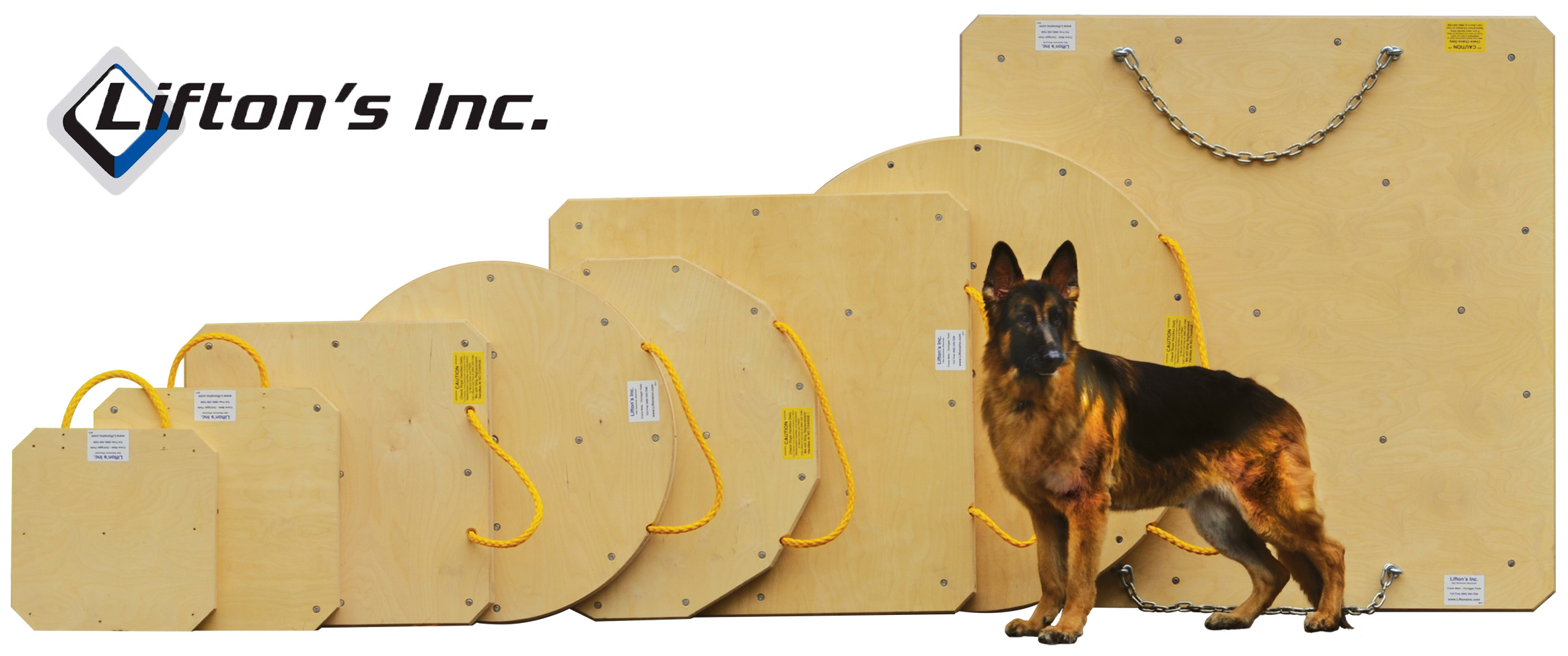| Many | 04-13-2009 | comment profile send pm notify |
|
On April 26, 1986, a nuclear reactor in the town of Chernobyl (in the Ukraine, then a member state of the Soviet Union) exploded, collapsing the building in which it was located and releasing a radioactive plume that deposited material over much of Europe and Scandinavia. Although the Soviet government was unwilling to release information, satellite photographs by military and civilian satellites, as well as direct radiation measurements downwind, confirmed the event. http://www.putzmeister.de/pm_online/data/BP_1133_US.pdf |
||
| Todd | 04-13-2009 | reply profile send pm notify |
|
Very good stuff. |
||
| Many | 04-13-2009 | reply profile send pm notify |
|
|
||
| TooTall | 04-13-2009 | reply profile send pm notify |
|
The entire city is still a ghost town to this day, now there is talk of constructing a monster structure to enclose the reactor tomb and protect the concrete from the elements... |
||
| tebequip | 04-13-2009 | reply profile send pm notify |
|
Yea Many. What a story. I was in Stuttgart at the Putz Plant in 94 for a week and got the whole run down from one of the project managers. The actuall story involves much more then the site report. The operators ran the pumps for short intervals, the orignial pumps had lead sheilds but were so heavy they popped the tires and I believe were 63 meter booms even in 86. THere is a ton of info that goes with this story. Great stuff Many. |
||
| typesdubs | 04-13-2009 | reply profile send pm notify |
|
Tebe please share more! |
||
| tebequip | 04-13-2009 | reply profile send pm notify |
|
Type - I have some real good stuff somewhere on this. I will try and dig it out in the next day or so. |
||
| 1ST Choice | 04-13-2009 | reply profile send pm notify |
|
I summarized a little information about the Chernobyl disaster, some of which is from the Putzmeister-Thomsen Div. Site report in 1986. I have a copy of it including some pictures of the pumps if anyone is interested just shoot me an E-Mail I will send it over: ConcretePumpingGuy@Yahoo.Ca When the Chernobyl disaster took place April 26TH 1986, the main problem was that the entire top half of the reactor had been blown off in a steam explosion and the reactor core exposed. Immediately the plan that was tabled was to encase the reactor in a giant concrete sarcophagus with some 400,000 plus meters of concrete. The plan would be to build up the sides like at large stepped pyramid, lift the big boom pumps by cranes to each of the levels and pump from pump to pump encasing the reactor. Also after that was completed they would dig a 2000 foot tunnel under the reactor and build an 8 foot thick shield, shaped like a massive dish you would put under a house plant, to catch any of the contaminated water that would be leaking into the ground water system. To put out the Nuclear Fire that started with the explosion the Military dumped hundreds of tons of sand bags on to the fire and then these were eventually covered by the team of putzmeister pumps. They probably used the sand to try and contain the nuclear water ground contamination issue. The major problem was the site and the fact that no one at the time knew for certain how bad the damage was and how radiation poisoning would affect the site workers, almost all of which were Russian Army. Many of Workers exposed on the first few days would die within 3-4 weeks of the explosion. The radiation levels in the worst-hit areas of the reactor building have been estimated to have been 5.6 röntgen per second (R/s), which is equivalent to 20,000 röntgen per hour (R/h). A lethal dose is around 500 röntgen over 5 hours, so in some areas of the site the unprotected workers received fatal doses within seven minutes. Years later a new study would report that the workers on the site received their total maximum life time allowable radiation dose, within the first two minutes on site. No one is certain how many died, the Russian army reported 30-50 but the media stated it was thousands, one newspaper reported 10,000 military workers and people from the town of Chernobyl more than likely including many of the Newly Trained Concrete Pump Operators. As for the pumping operation to use the words unbelievable would have been an understatement, as the area was like a massive construction site with a bomb exploding in the middle of it and then having to work around the obstacles created by the exposition in protective clothing. The core was also only accessible on two sides making the Pumping Operation more challenging. According to the putzmeister site report Over 80 Operators “Russian Military†were immediately trained for the non stop pumping operation by a small group of 20 Operators from a pumping company in Leningrad Russia. These Leningrad guys were all Putzmeister Operators, working for a local pumping contractor. Putzmeister Special Projects Division were also most likely the brains behind the Pumping Operation as it was their experience that would have been needed to pull off what would become one of the largest and certainly the most dangerous, non stop concrete pours of the time. Since the Operators would only work a couple of hours due to the radiation, they set up in a Command Camp, 75 miles from the site and rotated in and out by helicopter till they had received what was thought to be at the time their safe maximum radiation exposure. All the pumps were out fitted with cameras for 100% remote operation. Putzmeister sent seven pumps to the site as fast as they could be prepared; most mounted with special features and lead encased cabs. It was also probably the first time Boom and Pump Auto Greasing Systems were developed for the booms as once in place maintenance on the pumps would not be possible. The First 52 Meter Putzmeister on site had probably the most difficult task as it would be responsible for pouring the first two lifts of the pyramid shaped steel form approximately 100,000 yards non stop. These two lifts at least 30 meters high each would eventually be the setup locations for another three 52 meter Putzmeister pumps responsible for creating the 400,000 meter concrete sarcophagus and encasing the reactor. What is also a question for engineers in Russia today is how to encase or clean up this existing structure as it is estimated this will need to be done again to stop contamination. More than ten pumps from four manufactures were sent to Chernobyl, although the main volume pumps were the Putzmeister 52, a M22 Putzmeister, what looks like a 52 meter Schwing and a number of high pressure line pumps three of which were Putzmeister. Putzmeister would eventually send a total of seven 52’s to the site and three trailer pumps with a specially designed washout system to clean using water washing. Undoubtedly all the pumps and equipment sent to or used at the Chernobyl site remain in the equipment bone yards surrounding the town of Chernobyl as they are all radio active. I have not seen any of the pictures of the pumps in these bone yards but I have seen all the trucks, cranes, vehicles, helicopters and everything else used and they are all sitting there rusting away. |
||
| tebequip | 04-14-2009 | reply profile send pm notify |
|
Nice work 1st. Just to add as I was told some of the early on pumps had to be encased in concrete during the pours as well and were left in the pour. |
||
| Many | 04-14-2009 | reply profile send pm notify |
|
And they are saying the sarcophagus is failing.I wonder what mixes were used but radiation has no bounds.I ran across a site with some provocitive thoughts. http://www.halfbakery.com/idea/Burying_20Chernobyl |
||
| tebequip | 04-14-2009 | reply profile send pm notify |
|
Many - Can you see that working with no further cracking? |
||
| Many | 04-14-2009 | reply profile send pm notify |
|
mmm,good question.I have personally seen the effects of materials used in concrete having a radioactive content,common in some western states.In this case a baffle wall at a water treatment plant.The concrete was seperating from the rebar. I liked the one idea in that link,take all the plutonimum there and nuke it.It will be re enhabitable allot sooner.Your guess is as good as mine.Time will be the master. |
||
| Step Brother | 04-14-2009 | reply profile send pm notify |
|
I would like to know if the safty of the operators was taken into concideration like it was, what did they do for the mixer drivers? Did they have lead cabs, shields of any kind, remote discharge from the cab? How about batch design, high strenth, anymore info on the pour would be interesting. Would also like to know how the land is today, 23 years later. |
||
| tebequip | 04-14-2009 | reply profile send pm notify |
|
Brother. I know all operators and techs had to wear monitors and most were not allowed in any area for more then 20 Minutes at a time. Not sure on the land and the actual climate today but just what we are reading. I really would not want to go see to find out in person. |
||
| TooTall | 04-14-2009 | reply profile send pm notify |
|
I have book that I downloaded on the event but I cant seem to copy any of its content to post it? I do have some pix... |
||
| TooTall | 04-14-2009 | reply profile send pm notify |
|
|
||
| TooTall | 04-14-2009 | reply profile send pm notify |
|
|
||
| TooTall | 04-14-2009 | reply profile send pm notify |
|
|
||
| ShortStik | 04-15-2009 | reply profile send pm notify |
|
|
||








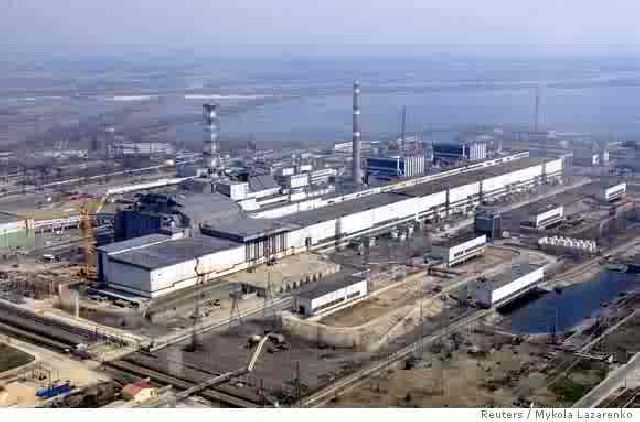

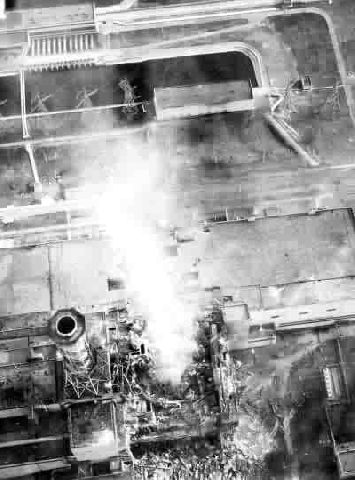
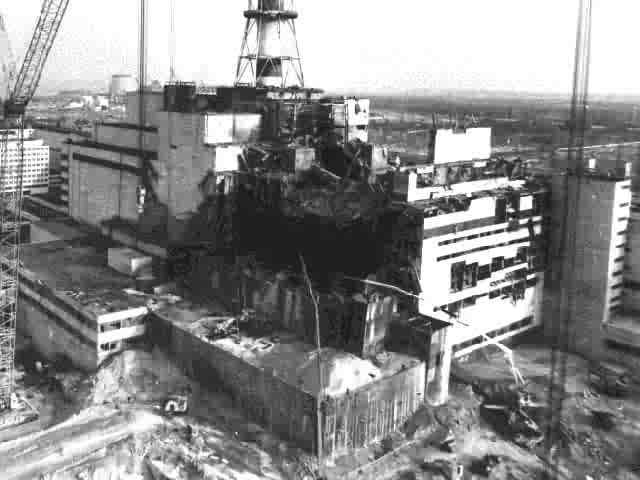
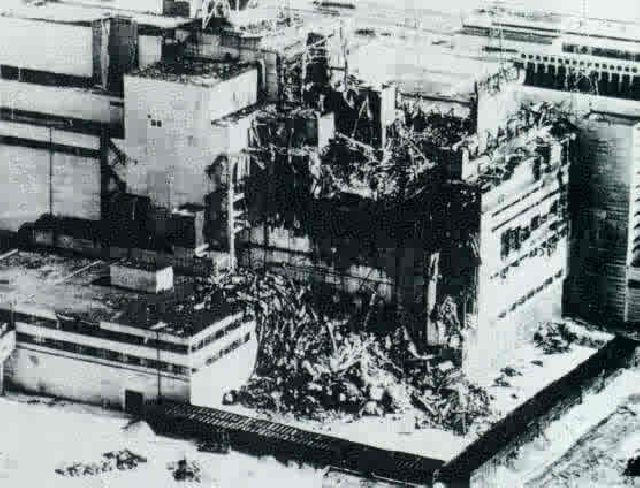













.jpg)
.gif)

.jpg)









.jpg)
